Affiliate links on Android Authority may earn us a commission. Learn more.
What is a GaN charger and do you really need one?
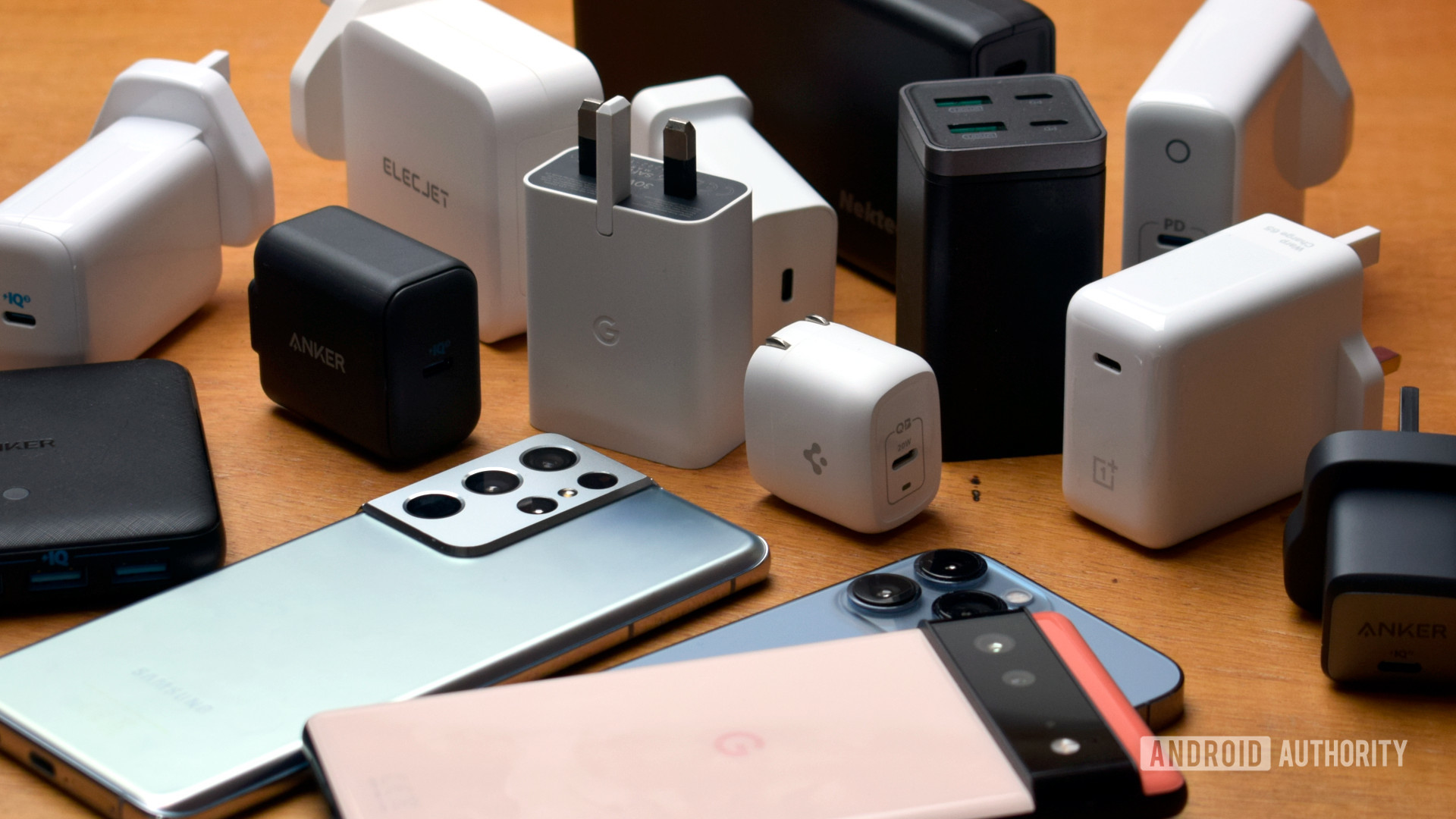
Most flagship smartphones these days do not include a charging adapter in the box. You’re expected to use an older charger or buy a new one separately. If you’ve been in the market recently for a charger, you’d have heard the GaN chargers being touted as the best recent innovation in the field. But what is a GaN charger, and do you really need one? We answer all of your questions about GaN chargers in this article.
QUICK ANSWER
GaN chargers are chargers that use Gallium Nitride as a semiconductor for their components instead of silicon. GaN chargers are more versatile, compact, and more efficient. If you're in the market for a new charger, then you should strongly consider a GaN charger.
JUMP TO KEY SECTIONS
What are GaN chargers?
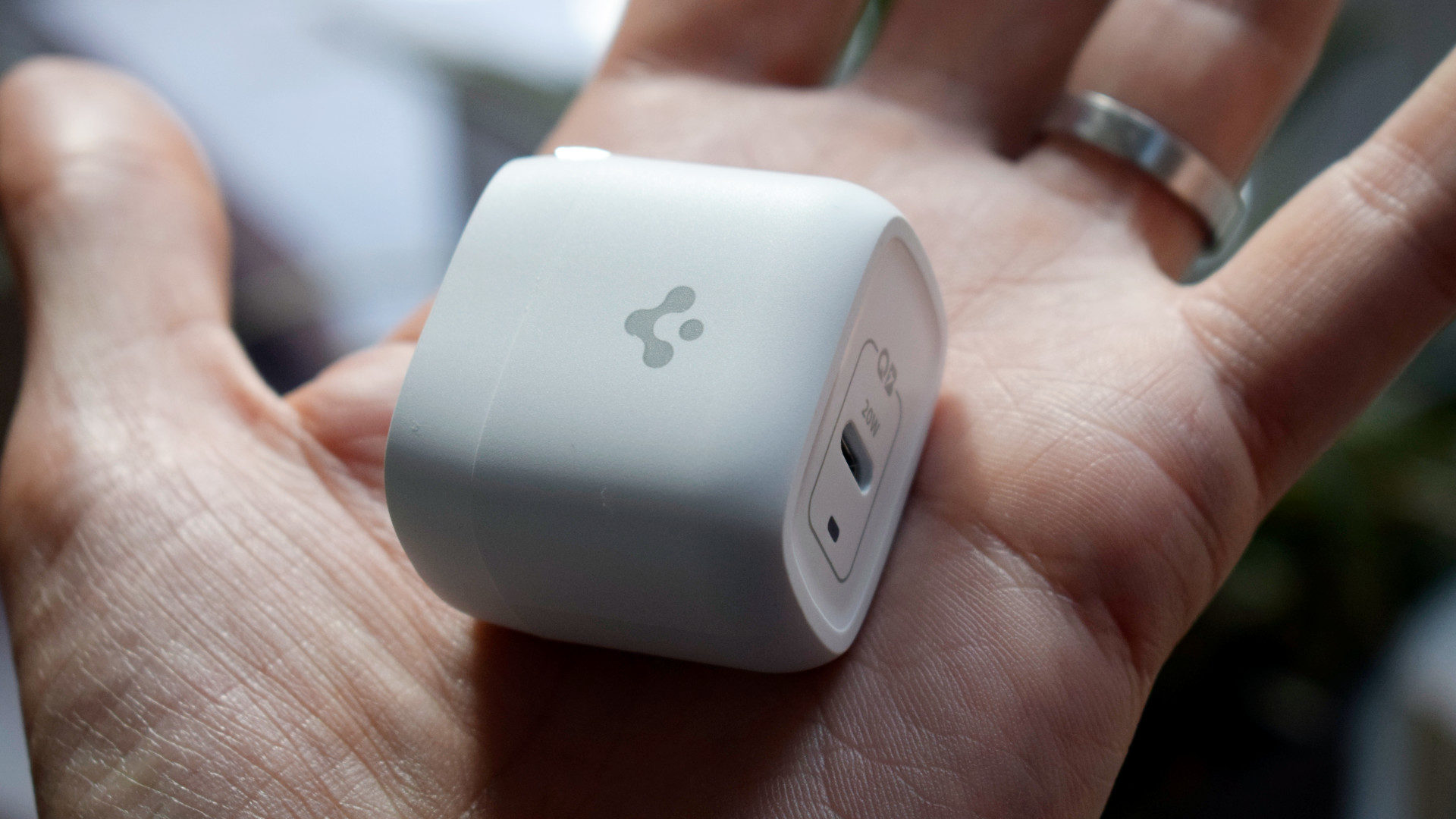
GaN chargers are chargers that use Gallium Nitride as a semiconductor for their electronic components instead of the more conventionally used silicon. So the diodes, transistors, and amplifiers that previously used to be made of silicon are now being made out of Gallium Nitride, giving GaN chargers their name.
GaN offers better thermal and power efficiency than silicon. It has a higher temperature limit and far higher electron mobility when compared to silicon. GaN also has a bandgap that is nearly triple that of silicon, essentially letting it conduct electrons at higher voltages.
As a result, GaN really shines in situations where there is a need to move a lot of power quickly, like a fast charger for your phone and laptop. Because of these advantages, GaN chargers are significantly smaller in footprint than traditional silicon-based chargers that you have been using all these years.
GaN chargers also allow for more power to move to your device, and they let you move all of this power to many devices simultaneously. This allows for more versatile multi-device chargers that can fast charge multiple phones and laptops simultaneously. We’re seeing GaN chargers going up to 200W and fast charging as many as six devices together, which is something rather unheard of with silicon chargers.
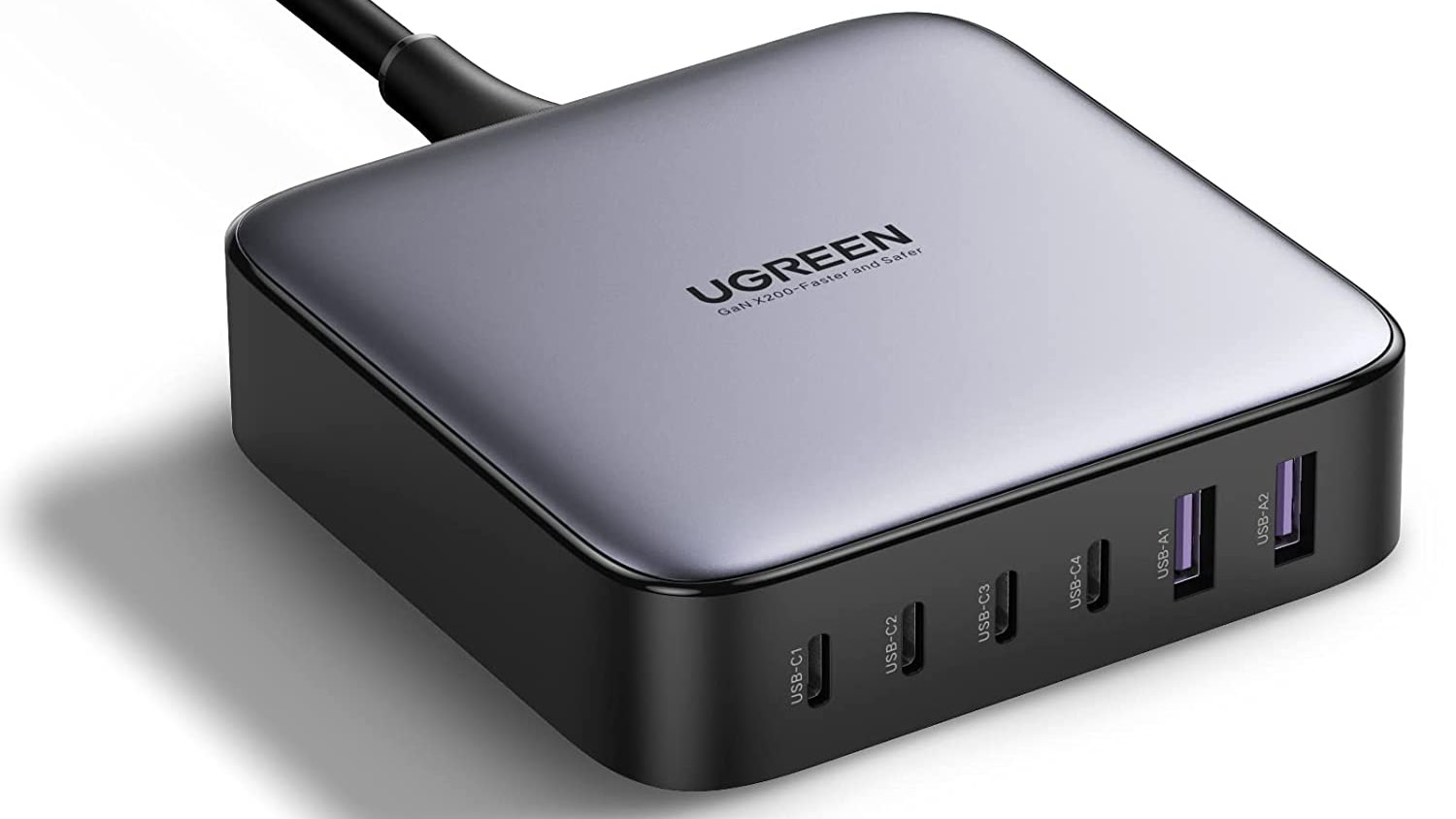
GaN chargers vs Silicon chargers: How do they compare?
GaN chargers have lots of advantages over silicon chargers, while their primary disadvantage is primarily limited to high cost for the time being. Eventually, as unit economics for production catches up, GaN chargers will get cheaper than silicon chargers.
| Silicon chargers | GaN chargers | |
|---|---|---|
Bandgap of base materials where no electrons can exist [Should be closer to 4eV] | Silicon chargers Silicon: 1.14eV | GaN chargers Gallium Nitride: 3.4eV |
Size | Silicon chargers Large sized chargers | GaN chargers Smaller sized chargers with compact designs |
Efficiency | Silicon chargers Not very power and heat efficient | GaN chargers Great power and heat efficiency |
Multi-device charging | Silicon chargers Chargers usually charge one or two devices simultaneously | GaN chargers Chargers can charge anywhere between 1 to 7 devices |
Price | Silicon chargers Low price as it is established technology | GaN chargers High price currently as it is new technology. Price should go down as adoption increases over the years. |
Over time, all of the best chargers in the market will be switching over to GaN technology, as there are multiple benefits and no real disadvantages in doing so.
Should you get a GaN charger?
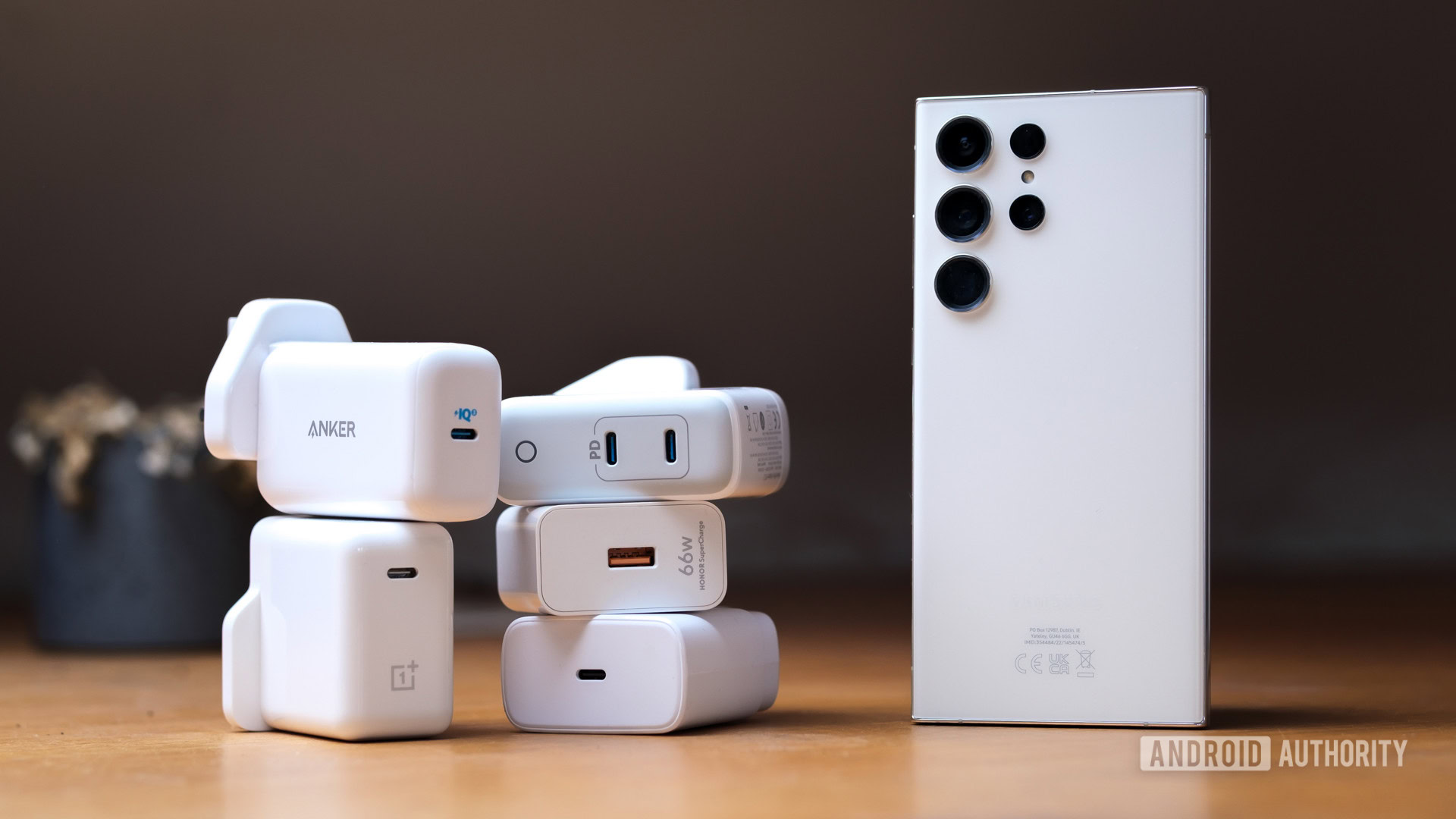
If you have a functional silicon charger, then you don’t need to go out and splurge on a GaN charger just because it is new tech. GaN chargers are very good, but if your end goal of charging your devices is being fulfilled by your currently functional charger, you don’t need to make a new purchase per se. Further, if cost is a concern, then you can stick with a conventional silicon charger until prices come down further.
However, if you are in the market for a new charger, we highly recommend that your new charger be a GaN charger. It will be smaller, versatile, more power efficient, and easily justify its relatively higher price against a silicon charger. We have a few recommendations for the best GaN chargers according to your need and budget.
For charging single devices, GaN chargers will be smaller, easier to carry, more power efficient, and run cooler. The compact design will make it fit inside most bags and purses (and even pockets!). If you like to leave your charger on the wall, then the smaller design means adjacent outlets won’t be blocked either.

If you need to charge multiple devices, then GaN chargers will let you charge them all simultaneously at high speeds. So you spend less time hugging the wall and more time getting to use your phone and laptop. You also don’t need to carry multiple bricks for the same purpose then, as just one brick with some cables will serve you well for simultaneous fast charging off a single plug.
What is the difference between a GaN charger and a PD charger?
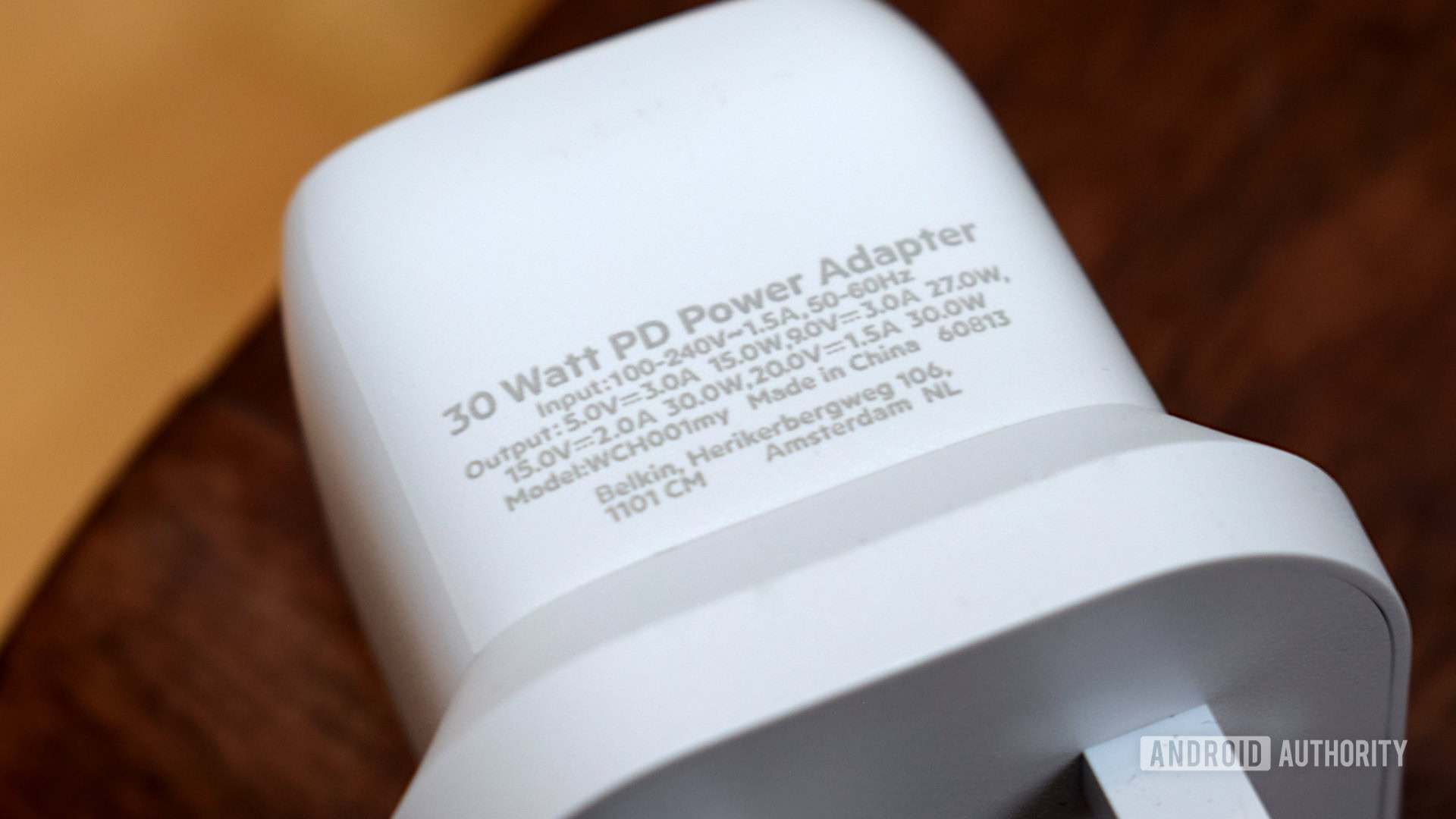
GaN and PD refer to two intersecting topics and cannot be directly compared, as GaN chargers can also be USB PD chargers.
GaN refers to Gallium Nitride as the material used for the electronic components, while PD refers to Power Delivery, which is a tech specification that dictates charging at higher wattages. So GaN chargers can (and often are) also PD chargers that are compatible with devices that conform to the USB Power Delivery specification.
However, note that not all GaN chargers are USB PD compliant, and not all USB PD chargers use GaN materials.
FAQs
GaN chargers are expensive as they are being used within chargers for the first time. Companies have to design, prototype, and test GaN as a material for their chargers, which leads to high costs in the initial years. Over time, as the unit economics of production scale up, GaN chargers will get cheaper than silicon chargers.
GaN chargers are definitely better than silicon chargers.
